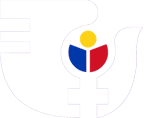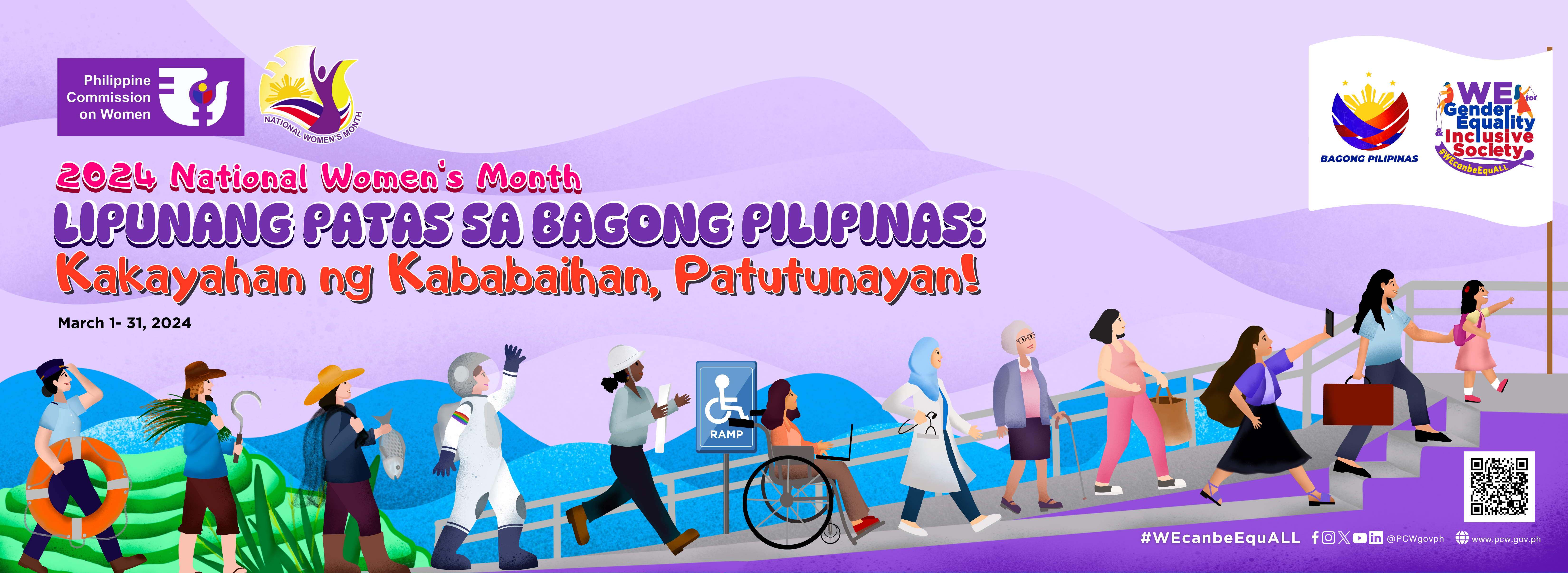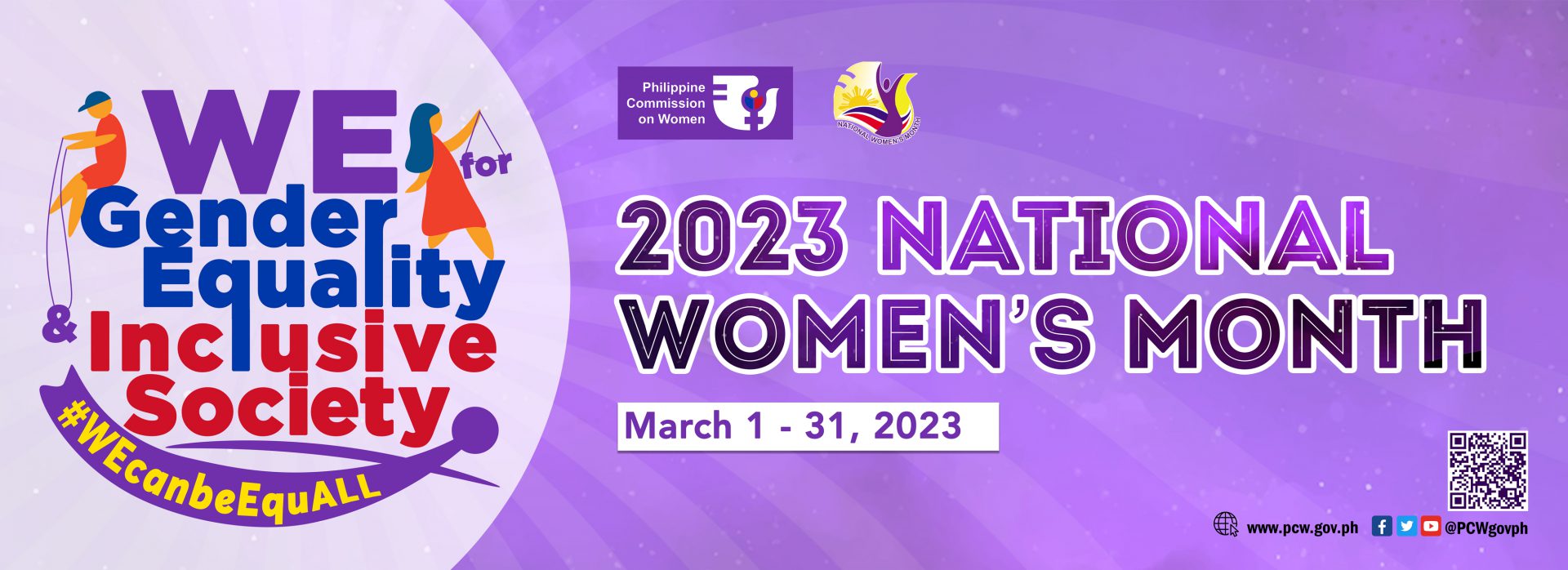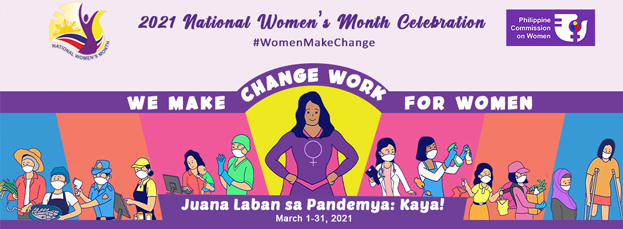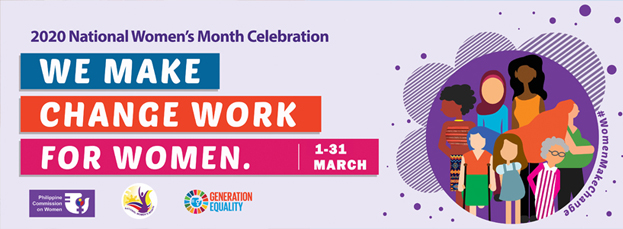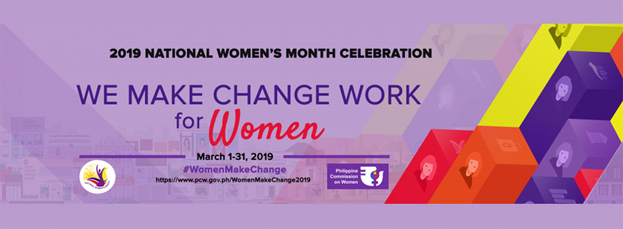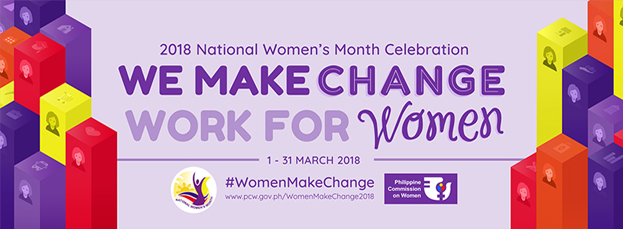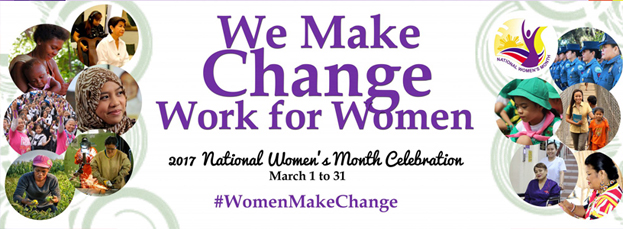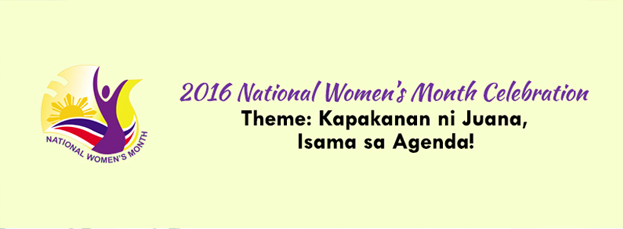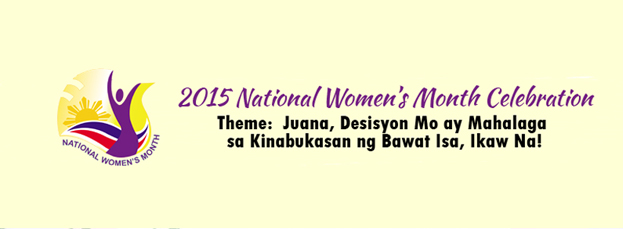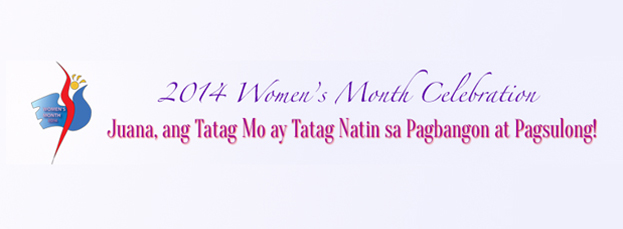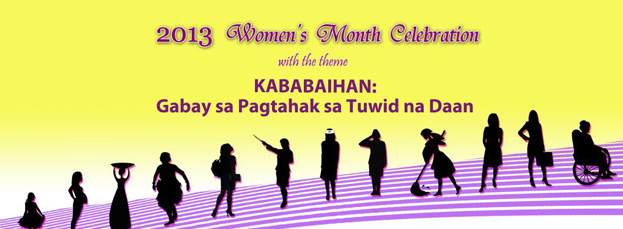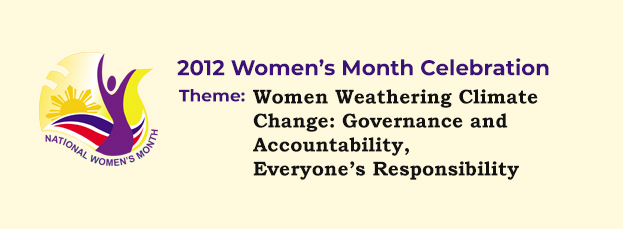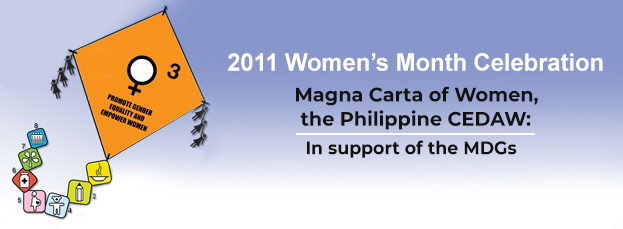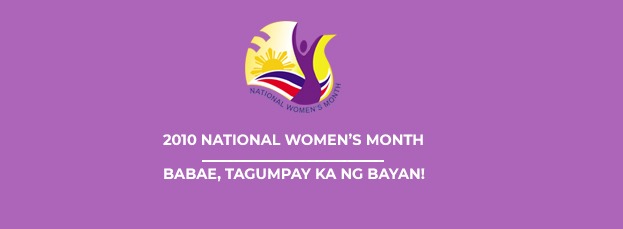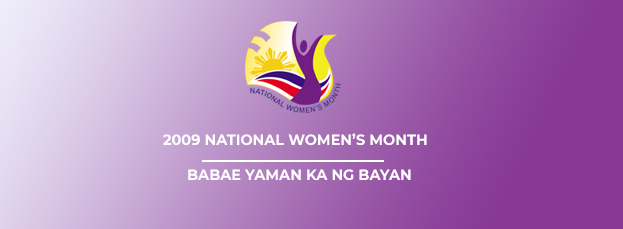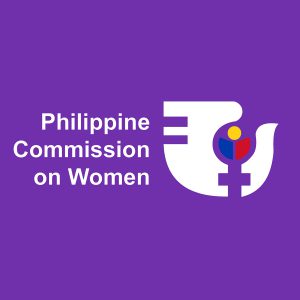National Women’s Month
The National Women’s Month Celebration has its roots in the recognition of International Women’s Day (IWD) on March 8th, a historical event stemming from the organizing efforts of women in the early 20th Century. Between 1909 and 1911, working women in the United States, united under the National Women’s Trade Union League and other groups, protested against low wages, lack of protective legislation, and harsh working conditions.
These demonstrations were a response to the tragic Triangle Shirtwaist Factory fire in March 1911 in New York City, claiming the lives of over 140 working girls, primarily Italian and Jewish immigrants. The subsequent observances of IWD invoked the appalling working conditions and unfair labor practices leading up to the disaster.
In Europe, Clara Zetkin and the Socialist Women’s International advocated for March 8th to be recognized as International Women’s Day, annually celebrating working women worldwide. This celebration has left an indelible mark on historical events, including inspiring the general strike that initiated the Russian Revolution in St. Petersburg in 1917, where 10,000 women textile workers voiced their concerns.
IWD gained official recognition by the United Nations as a day to celebrate women’s contributions to societies globally. In the Philippines, the National Women’s Month Celebration has become a platform to spotlight women’s accomplishments and address ongoing and emerging issues related to women’s empowerment and gender equality. The focus is on concrete activities aligned with national and international agreements, including the Convention on the Elimination of All Forms of Discrimination Against Women, the Beijing Platform for Action, the Philippine Plan for Gender-Responsive Development (1995-2025), the Framework Plan for Women, and the Sustainable Development Goals.
Legal Mandates
The passage of the following laws serves as the legal bases for the celebration of National Women’s Month:
Proclamation No. 224 s. 1988, “Declaring the First Week of March of Every Year as Women’s Week and March 8, 1988, and Every Year Thereafter as Women’s Rights and International Peace Day.” Signed by former President Corazon C. Aquino on March 1, 1988, it affirmed our solidarity with the United Nations and recognized Filipino women’s contribution to the struggle for national independence, civil liberties, equality, and human rights.
Proclamation No, 227 s. 1988, “Providing for the observance of the Month of March as ‘Women’s Role in History Month’” Signed by President Aquino on March 17, 1988, reinforced the earlier proclamation by emphasizing the role of Filipino women in the social, cultural, economic and political development throughout our history. It provided for a month-long nationwide observance with appropriate ceremonies and activities to be spearheaded by the Commission.
R.A. 6949 s. 1990, “An Act to Declare March Eight of Every Year as a Working Special Holiday to be Known as National Women’s Day” was signed by President Aquino on April 10, 1990. The law further strengthened the impetus for the celebration by declaring every March 8 as a special working holiday and enjoining employees from the government and private sector to participate in activities conducted by their offices.
2023-2028 Theme
The 2024 National Women’s Month Celebration aims to capitalize on the recurring theme “WE for gender equality and inclusive society,” introduced in 2023. This theme, launched to renew commitment to the advocacy, builds upon the accomplishments under the 2016-2022 theme, “WE Make CHANGE Work for Women.” The earlier theme stressed the importance of compassionate and harmonized networks towards gender equality and women’s empowerment (GEWE).
The banner for this annual campaign is both a positive affirmation and a call to action. It is a testament to the milestones achieved in closing gender gaps in the country and in gathering more support to the advocacy. In the 2023 Global Gender Gap Index (GGGI) Report by the World Economic Forum (WEF), the Philippines maintains its status as the leading Asian country in narrowing the gender gap. The country has attained 79.1 percent gender parity, securing the 16th position out of 146 countries globally—a rise of three places from its previous ranking. In the East Asia and the Pacific region, the Philippines holds the second spot among its neighboring countries, trailing only behind New Zealand. Notably, it stands as the sole Asian nation within the top twenty, with Singapore following at the 49th position. The Global Gender Gap Index evaluates gender equality and progress across four crucial dimensions: Economic Participation and Opportunity, Educational Attainment, Political Empowerment, and Health and Survival.
The recurring theme also aligns with the Philippine Development Plan 2023-2028, which aims for “deep economic and social transformation to reinvigorate job creation and accelerate poverty reduction by steering the economy back on a high-growth path.” The plan also highlights that growth must be inclusive, building an environment that provides equal opportunities to all Filipinos and equipping them with skills to participate fully in an innovative and globally competitive economy.
Elements of the Theme
WE represents Women and Everyone, highlighting the collective responsibility for gender equality, not solely resting on women but involving everyone. WE also symbolizes Women’s Empowerment, a goal achievable when various entities, ranging from agencies and institutions to private partners and duty-bearers at national and local levels, ensure women equal rights and opportunities. The active participation of women in seizing these opportunities is also essential. Through the collaborative efforts of women and everyone, achieving gender equality becomes a tangible possibility.
Gender Equality constitutes the first component of the Gender Equality and Women’s Empowerment (GEWE) advocacy, representing the fundamental goal in advancing women’s rights. The theme underscores the need for accelerated action to intensify efforts toward this crucial aspiration. According to the Global Gender Gap Report, progress is slow, with the global gender gap closing at only 68.4%. At this rate, achieving complete parity would require 131 years. It must also be noted that no country has yet attained full gender parity.
Despite this extended timeline, the struggle for gender equality today is an investment in a more inclusive and improved future, even if the complete realization may extend beyond our current generations. The phrase gender equality is also preceded by the word “for”, signifying our call to women and everyone to advocate for, take action on, and promote equality and inclusivity.
Inclusive society goes beyond a gender-responsive approach; it champions a society that surpasses the distinctions in SOGIE, class, ability, generation, status, and culture. It envisions a society where every individual, each endowed with rights and responsibilities, plays an active role. Equality and inclusion are interwoven elements of the GEWE advocacy, emphasizing the importance of fostering a society that embraces and celebrates diversity.
